Intro
Discover H Pylori bacterial infection symptoms, causes, and treatments. Learn about stomach pain, bloating, and digestive issues related to Helicobacter Pylori, a common gut bacteria causing ulcers and gastritis.
The discovery of H pylori bacteria in the 1980s revolutionized the understanding of various gastrointestinal diseases, particularly peptic ulcers and gastric cancer. This bacterium is a significant public health concern due to its widespread prevalence and association with severe diseases. Understanding the symptoms of H pylori infection is crucial for early diagnosis and treatment, which can prevent long-term complications. The importance of recognizing these symptoms cannot be overstated, as it directly impacts the quality of life and health outcomes for millions of people worldwide.
Helicobacter pylori, commonly referred to as H pylori, is a type of bacteria that primarily lives in the stomach lining. It has adapted to survive in the harsh acidic environment of the stomach by producing enzymes that neutralize stomach acid, allowing it to colonize and persist in the stomach. The infection is usually acquired during childhood and can persist for life unless treated. The prevalence of H pylori infection varies globally, with higher rates in developing countries due to factors such as overcrowding, poor sanitation, and lower socioeconomic status.
The symptoms of H pylori infection can be subtle and may not always be present, making diagnosis challenging. However, when symptoms do occur, they can significantly impact an individual's quality of life. Common symptoms include abdominal pain, bloating, nausea, vomiting, and loss of appetite. In more severe cases, H pylori infection can lead to peptic ulcers, which may cause sharp, burning stomach pain that can worsen between meals or at night. Understanding these symptoms and their implications is the first step towards managing and treating H pylori infections effectively.
H Pylori Infection Overview
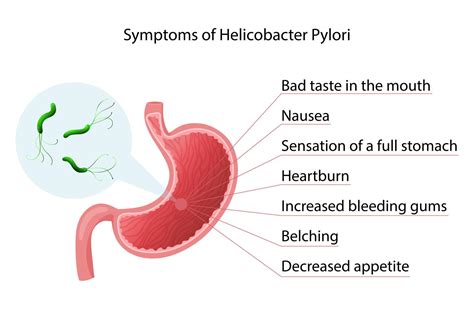
Transmission and Risk Factors
The transmission of H pylori is believed to occur primarily through oral-oral or fecal-oral routes, where the bacteria are ingested, usually through contaminated food, water, or close contact with an infected individual. Certain risk factors increase the likelihood of acquiring an H pylori infection, including poor hygiene, crowded living conditions, and a lack of access to clean water and sanitation facilities. In addition, the risk of infection is higher in areas with lower socioeconomic status and in certain ethnic groups.Symptoms of H Pylori Infection
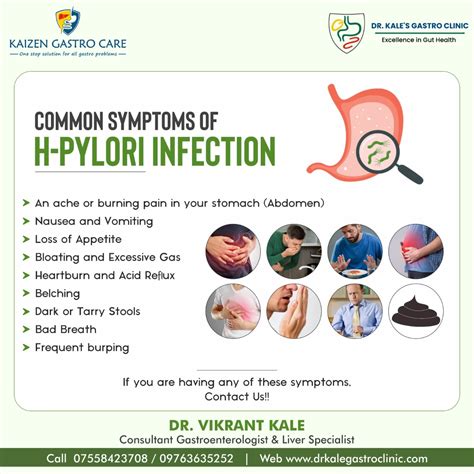
Diagnostics and Testing
Diagnosing H pylori infection involves a combination of clinical evaluation, endoscopy, and laboratory tests. Common diagnostic tests include: - Urea breath test (UBT), which detects the presence of active H pylori infection - Stool antigen test, which looks for pieces of the bacteria in the stool - Blood tests, which can detect antibodies against H pylori - Endoscopy with biopsy, which involves examining the stomach lining for signs of inflammation and infectionTreatment and Management
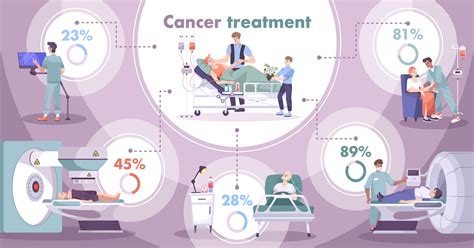
Prevention Strategies
Preventing H pylori infection is challenging but can be achieved through good hygiene practices, access to clean water and sanitation, and avoidance of close contact with individuals who may be infected. In areas with high prevalence rates, public health initiatives focusing on improving living conditions, water quality, and education on hygiene practices can significantly reduce the incidence of H pylori infections.Complications and Long-Term Effects
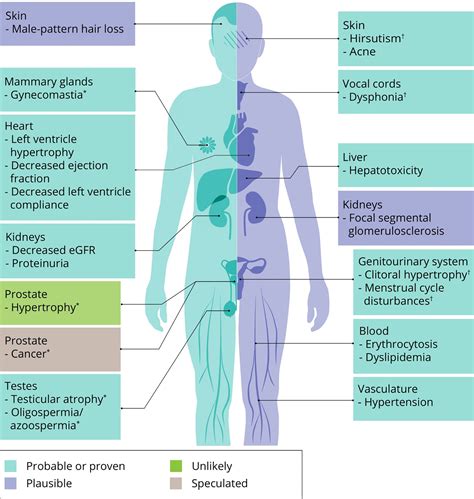
Gastric Cancer Risk
The association between H pylori infection and gastric cancer is well-established, with the bacteria considered a major risk factor for the development of this disease. The chronic inflammation and gastric atrophy caused by long-standing H pylori infection can lead to precancerous changes in the stomach lining, increasing the risk of gastric cancer. Eradication of H pylori has been shown to reduce this risk, emphasizing the importance of early diagnosis and treatment.Current Research and Developments

Vaccine Development
The development of a vaccine against H pylori is considered a high priority due to the significant global health burden of H pylori-related diseases. While several vaccine candidates are in various stages of clinical trials, challenges such as inducing long-term immunity and protecting against diverse strains of the bacteria must be addressed.Public Health Implications
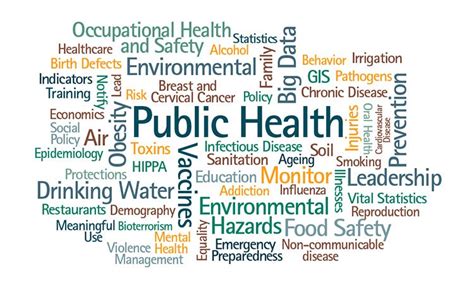
Global Initiatives
Global initiatives to combat H pylori infection involve collaborative efforts among governments, healthcare organizations, and research institutions to improve awareness, diagnosis, and treatment of the infection. These initiatives also focus on developing and implementing effective prevention strategies, including public health campaigns and educational programs aimed at reducing the transmission of H pylori.Conclusion and Future Directions

As we move forward in the battle against H pylori, it is essential to continue raising awareness about the infection, its symptoms, and its implications for public health. We invite readers to share their thoughts, experiences, and questions regarding H pylori infection in the comments below. Your engagement and feedback are invaluable in fostering a community that prioritizes health education and advocates for better healthcare practices.
What are the common symptoms of H pylori infection?
+Common symptoms of H pylori infection include abdominal pain, bloating, nausea, vomiting, and loss of appetite. However, many individuals with H pylori infection may not exhibit any symptoms.
How is H pylori infection diagnosed?
+H pylori infection is diagnosed through a combination of clinical evaluation, laboratory tests such as the urea breath test, stool antigen test, and blood tests, and endoscopy with biopsy.
What is the standard treatment for H pylori infection?
+The standard treatment for H pylori infection is triple therapy, which includes two antibiotics to kill the bacteria and a proton pump inhibitor to reduce stomach acid production, allowing the stomach lining to heal.
